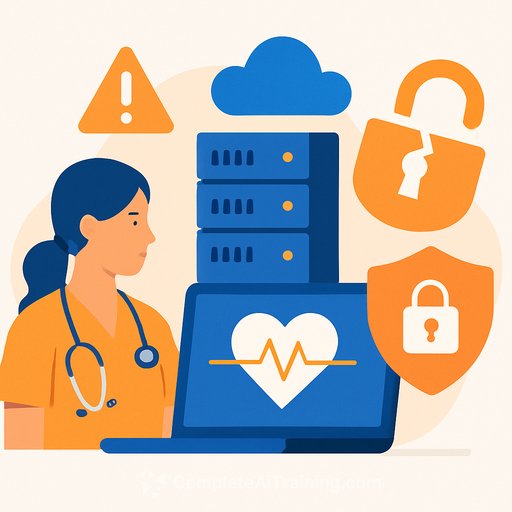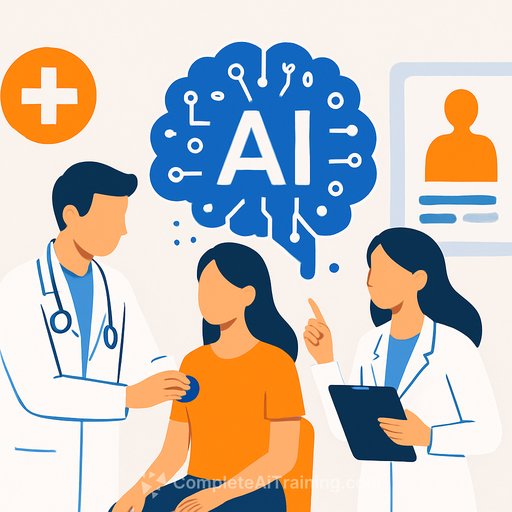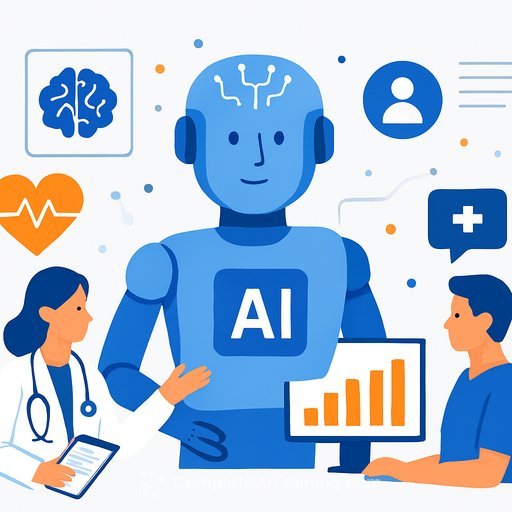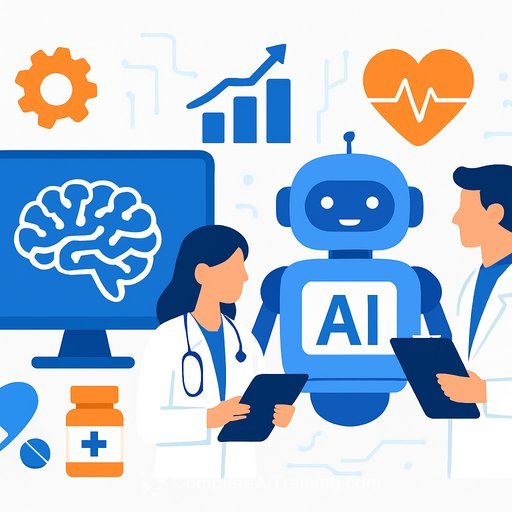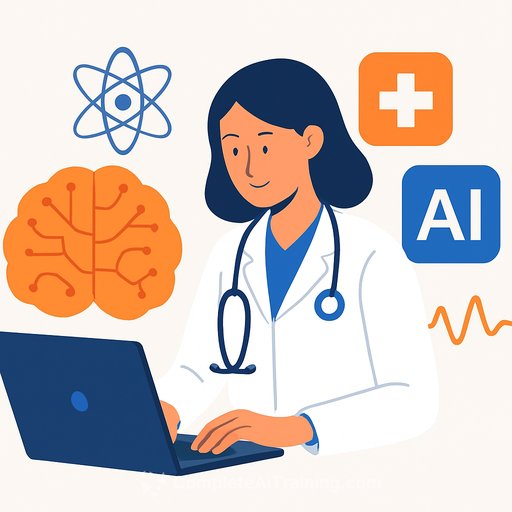Healthcare IT Infrastructure Falling Short Amid Rising Tech Investments
Healthcare organizations are investing heavily in artificial intelligence (AI), the Internet of Medical Things (IoMT), and remote patient monitoring. Yet, a recent HIMSS Market Insights study highlights a pressing problem: the existing IT infrastructure in hospitals and health systems is insufficient to support these technologies effectively.
Current networks struggle to handle advanced analytics, predictive modeling, wearable devices, AI-driven care tools, and blockchain for data security. This gap threatens to undermine the billions poured into technology, with AI investments expected to hit $149 billion by 2030, IoMT reaching $814 billion by 2032, and remote patient monitoring projected at $78 billion by 2029.
Key Infrastructure Shortcomings
The study points to fundamental networking challenges that interfere with deploying new technologies. Healthcare providers face limitations in connectivity that restrict service expansion and technology adoption. The shift from 10-gigabit to 100-gigabit network capacity is no longer optional but essential to meet AI workloads, data analytics, and electronic health record (EHR) management demands.
Beyond bandwidth, healthcare networks must support a growing mix of hospital-issued devices, personal gadgets, and smart medical equipment. These devices are spread across cities and rural areas, requiring flexible connectivity solutions that extend well beyond traditional hospital boundaries.
Justifying Infrastructure Spending with Clear ROI
CIOs in healthcare are changing how they present IT investments. Rather than treating IT as a cost center, they are focusing on demonstrating clear returns on investment linked to patient care improvements and operational efficiency gains. This approach helps align infrastructure upgrades with the core mission of healthcare: better patient outcomes.
Security: The New Focus in Network Design
The rise of connected devices and edge computing has transformed cybersecurity needs. Traditional network designs centered around a single perimeter no longer suffice. Instead, networks are becoming distributed, with data processing happening closer to the device or patient.
This shift requires adopting security strategies like zero trust architecture, multi-factor authentication, and continuous access verification. The emphasis moves from securing devices to verifying users consistently, ensuring only authorized access at all times.
Managed Services as a Practical Solution
Many healthcare organizations lack the internal resources and specialized skills needed to scale their IT infrastructure properly. Managed service providers offer a cost-effective way to optimize and expand these capabilities.
Failing to address these infrastructure gaps risks losing out on the benefits of advanced technologies, including improved patient care, higher patient satisfaction, and better provider experiences. Upgrading IT infrastructure is essential to realize the full potential of healthcare's growing tech investments.
For those looking to deepen their understanding of AI and related healthcare technologies, exploring latest AI courses can provide practical skills and insights.
Your membership also unlocks:

